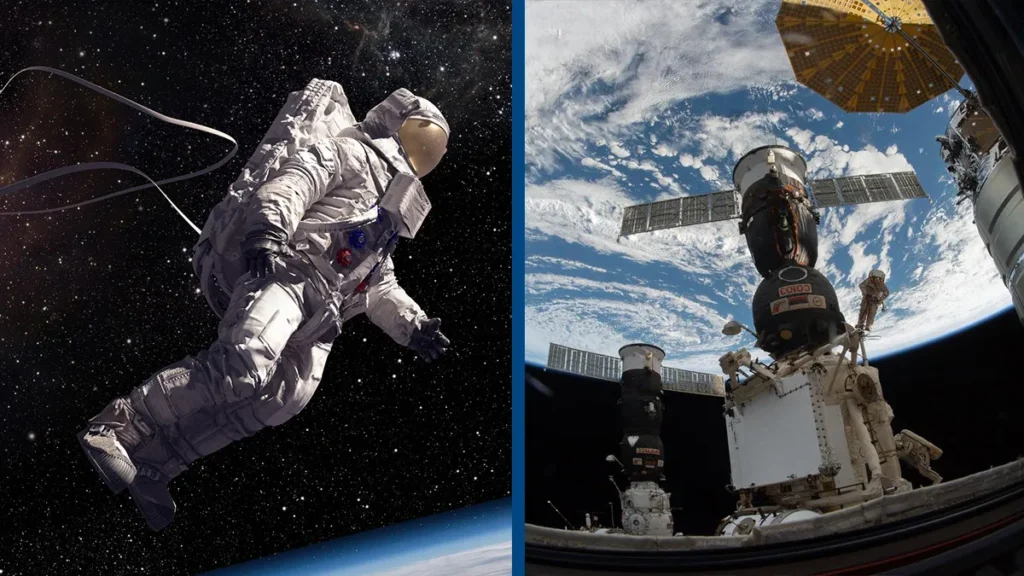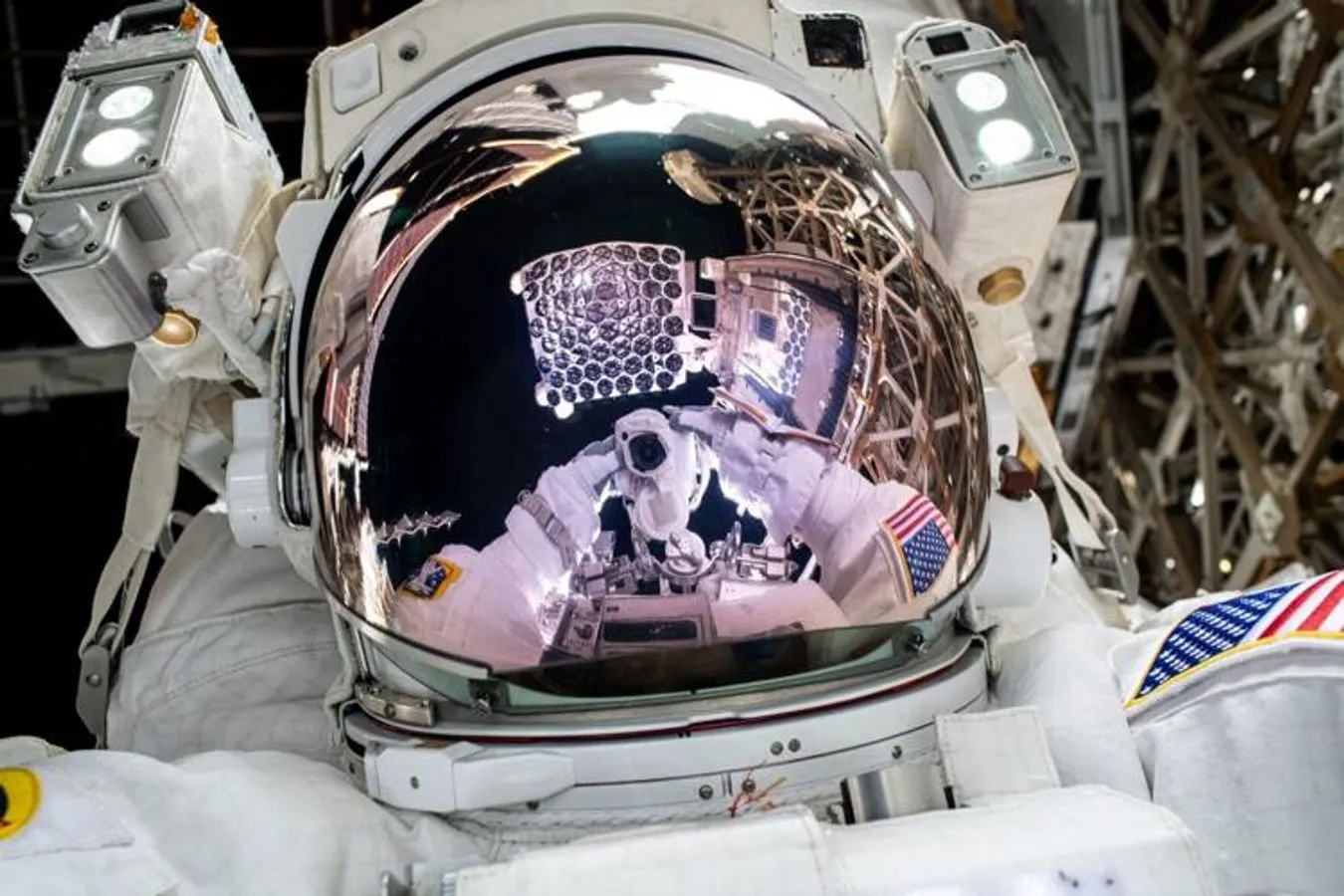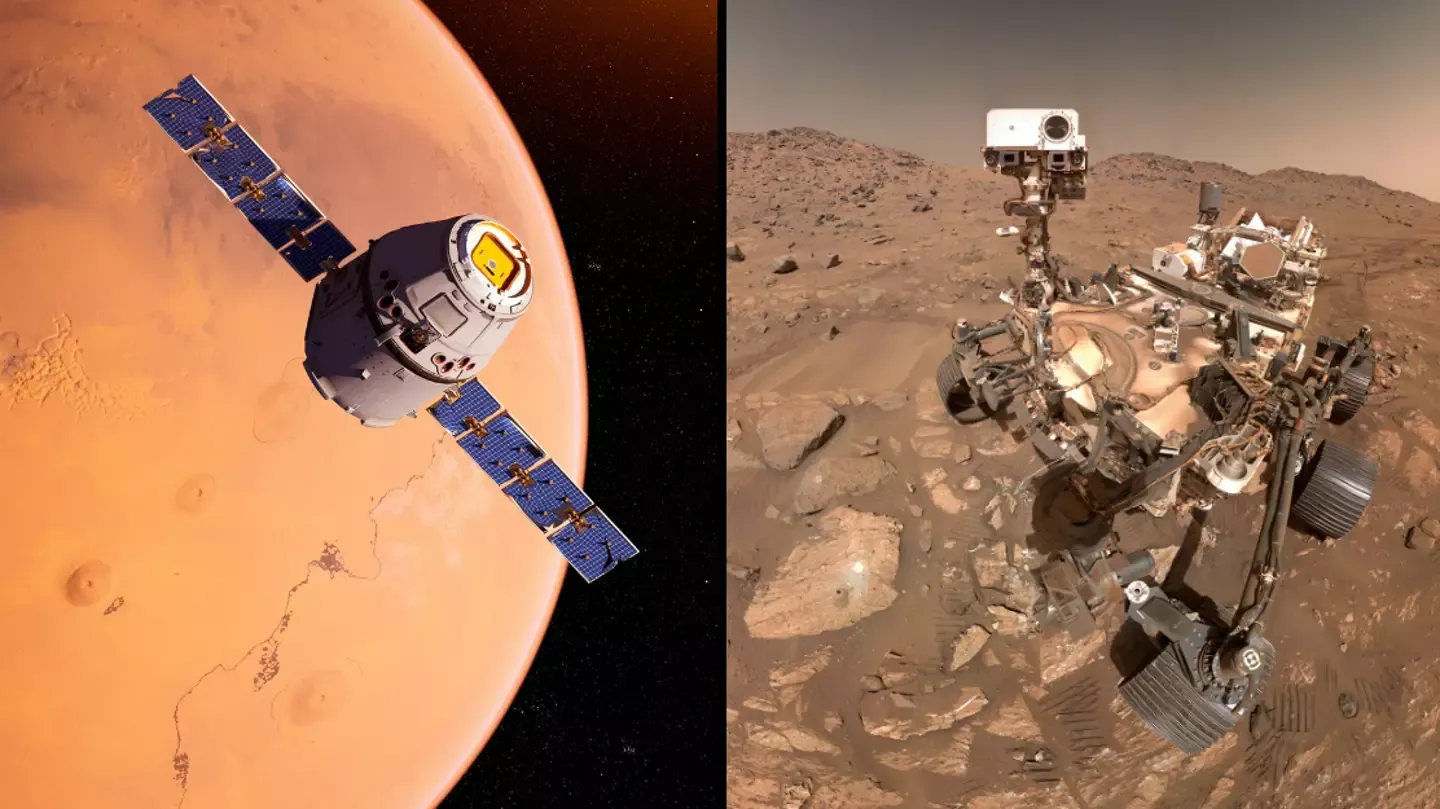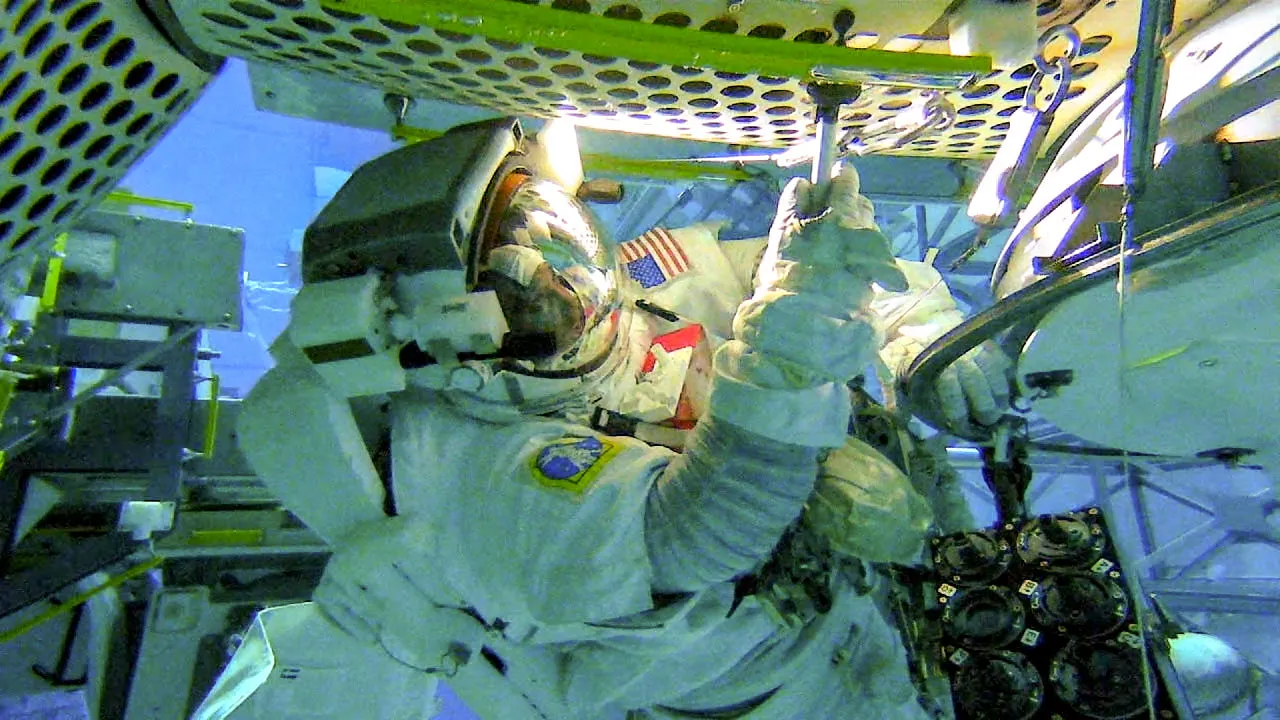
NASA is on the brink of launching a captivating spacewalk that aims to unravel the mysteries of microbial life in the harsh environment of space. This mission is not just a routine operation; it represents a significant leap in our quest to understand life beyond Earth. The astronauts aboard the International Space Station (ISS) are set to collect samples that could offer insights into the origins and resilience of life in the universe.

The Science Behind the Mission
During this highly anticipated spacewalk, NASA astronauts will gather microbial samples from the exterior surfaces of the ISS. The focus of this mission is to explore how these microorganisms survive and thrive in conditions that are drastically different from Earth. The hypothesis is that some microbes might have escaped into space through the ISS’s ventilation system and adapted to the vacuum of space.
Microbial Survival in the Vacuum of Space
The ability of microbes to withstand space’s extreme conditions could provide valuable information on their adaptability and resilience. NASA researchers are particularly interested in studying any genetic mutations these organisms might have developed in response to their unique environment. Such mutations could shed light on the evolutionary processes that occur in space, offering a new perspective on how life might evolve on other planets.

The Contamination Challenge
A critical aspect of the mission is to maintain stringent measures to prevent cross-contamination. Despite thorough cleaning protocols for suits and spacecraft, the risk of contaminating both the space station and the samples remains a significant concern. The integrity of the research depends on NASA’s ability to control this factor, as any contamination could skew the results and lead to misleading conclusions.
Theoretical Implications: Panspermia and Beyond
One of the more revolutionary aspects of this mission is its potential to test the panspermia hypothesis, which suggests that life on Earth may have originated from microorganisms or chemical precursors of life present in outer space, transported to Earth aboard meteorites or comets. If microbes can indeed survive the journey through space, this could profoundly impact our understanding of life’s distribution in the universe and the commonality of life-bearing planets.
Watching Evolution Happen
NASA scientists are excited about the possibility of observing direct evidence of microbial evolution triggered by space’s unique conditions. Studying these evolutionary changes could enhance our understanding of natural selection in extreme environments. This knowledge is crucial for preparing humans for long-duration space travel and future colonization of other planets.

What We Can Learn from Microbial Astronauts
The resilience of microbes in space not only advances our understanding of biology but also helps in developing technologies and life support systems for future space missions. By examining how these organisms adapt, NASA hopes to harness their survival strategies to enhance the safety and efficacy of human space travel.
